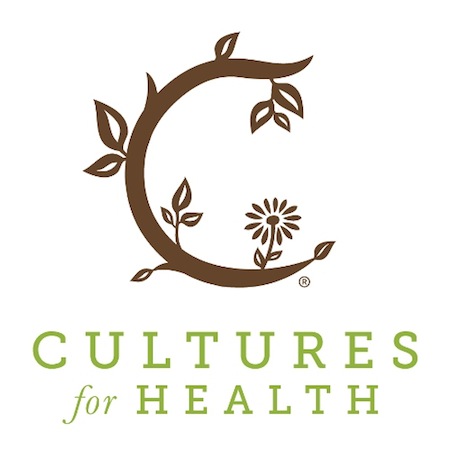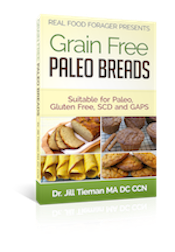Here is some good advice on getting started with culturing, written by Rosalyn, the Customer Service Manager at Cultures for Health. Last week my friends at Cultures for Health generously sponsored a giveaway of four different starter cultures. If you didn’t win, you can still save money by using their coupon code at the bottom of this post. If you are still hesitant in joining my Probiotic Food Challenge, relax! You can join at any time! My goal is to get people started and to help with recipe ideas and problem solving. Check out my Probiotic Food Challenge Linky for great ideas! No pressure!
You might think that it takes a huge investment of time and energy to work cultured foods into your diet, but it is really easier than you imagine. In fact, you are probably eating a lot of cultured foods already without even thinking about it! Culturing is basically the process of introducing certain bacteria into foods (or encouraging the naturally occurring bacteria) so that the food will become more digestible and last longer. Some very common cultured foods include cheese, yogurt, sauerkraut, beer and wine, and even a lot of breads!
One of the fun things about culturing your own food is that you can control the process, from choosing the ingredients to monitoring the fermentation. You know exactly what’s going into it, and how it develops. Another great joy – for me and many of my friends – is the idea of being able to create cultured foods for a fraction of the cost of buying them at the store. A really good, organic, additive-free yogurt can cost $6 a quart or more in the supermarket. When I make my own yogurt with farm-fresh milk and a starter culture, I am spending half that. If I use organic pasteurized milk, it’s even less.
Foods you make yourself taste better somehow. My little granddaughter says “it’s because they are made with love!” There is nothing quite like the feeling you get from serving up some creamy yogurt, or a piping hot loaf of sourdough bread, or a savory serving of tasty sauerkraut, knowing that you’ve saved money, created something delicious, and given your family something that will help them thrive.
People often ask me where to start introducing homemade cultured foods into their diets and meal planning. I usually suggest starting with something you are making or eating already: bread, if you are a baker, or yogurt are good choices. If your family likes soft drinks or juices, water kefir or kombucha are incredibly easy to make, and will give you quarts and quarts of cheap and delicious probiotic drinks. These are good to get kids involved with too! They can help make the drinks, and watch as they grow and ferment. And they can help choose the flavors for their own “sodas”!
Start with one project that can be made pretty quickly. Yogurt is a classic. All you need to do is put some culture into some milk, and in a few hours you have yogurt! Okay, maybe there are a few additional steps, like heating the milk and measuring the culture and setting the timer. There are a lot of different varieties of yogurt that you can make, with different flavors and consistencies. There are even yogurt cultures that work on the countertop without heat! Those are the easiest of all. And yogurt can be used in recipes, or eaten as a meal, snack, or dessert.
In fact, there are quite a few cultured milk products that are easy to make: buttermilk, kefir, sour cream, even some quick soft cheeses.
Once you’ve mastered yogurt, another popular choice is cultured vegetables. There are a few ways to make these, but basically you are going to chop up some vegetables and put them in a brine that will help them ferment. The brine can include salt, whey from cultured milk, or special starter cultures to help get things going. With the right ingredients, you can have some tasty sauerkraut or fermented carrots or dilly beans in less than a week!
If you don’t have the time or space to do a lot of culturing, you can even get started by adding some live bacteria to condiments. You can use a powdered vegetable starter culture, or some whey from yogurt with live cultures, and stir a little into a jar of ketchup or mayonnaise. Let it sit out at room temperature, covered, for a few hours, then refrigerate. The condiment will taste fantastic, and you’ll know there are probiotics in it!
With just a little bit of thought and a few extra minutes in the kitchen, you can be on your way to making delicious, and inexpensive cultured foods that will have your friends and family wanting more. It’s easy and inexpensive, and a great conversation starter as well!
Rosalyn is the Customer Service Manager at Cultures for Health. With her background as a Nutritional Consultant, she enjoys helping others learn about the value of eating real food. Rosalyn is a homeschooling mom who loves being in the kitchen and shopping at the farmers market. She’s a lifetime baker and enjoys improvising recipes. She can regularly be found experimenting with new flavors and varieties of cultured foods.












